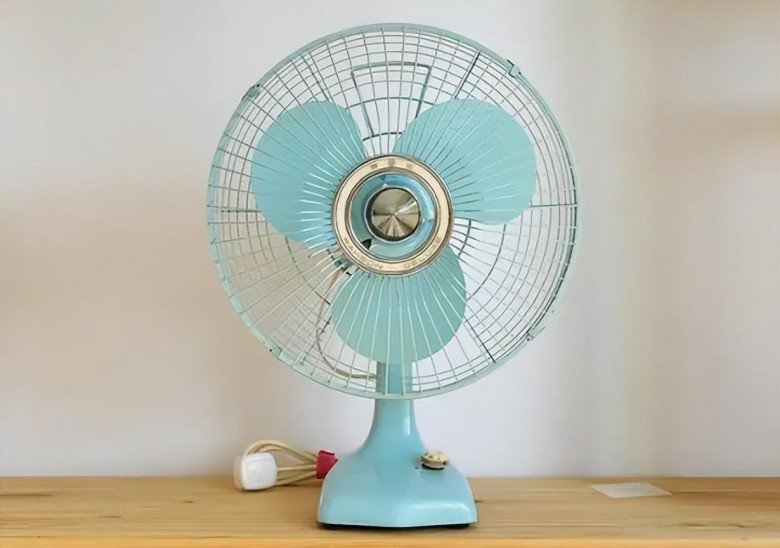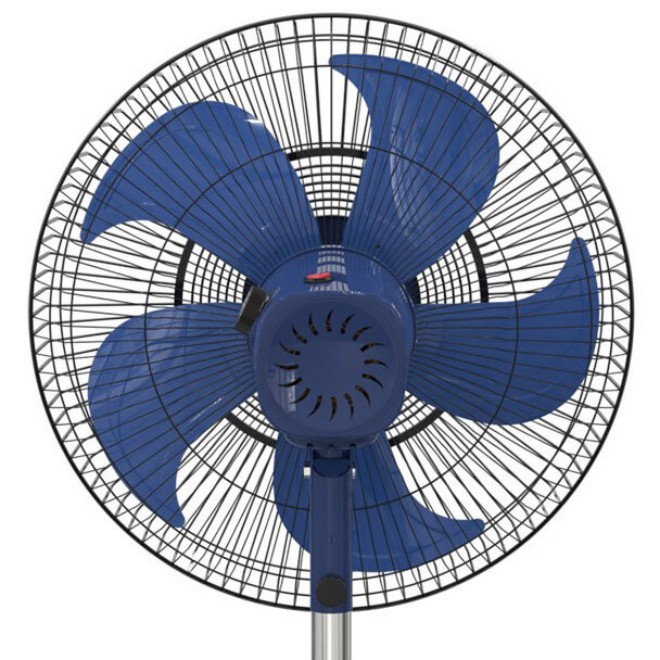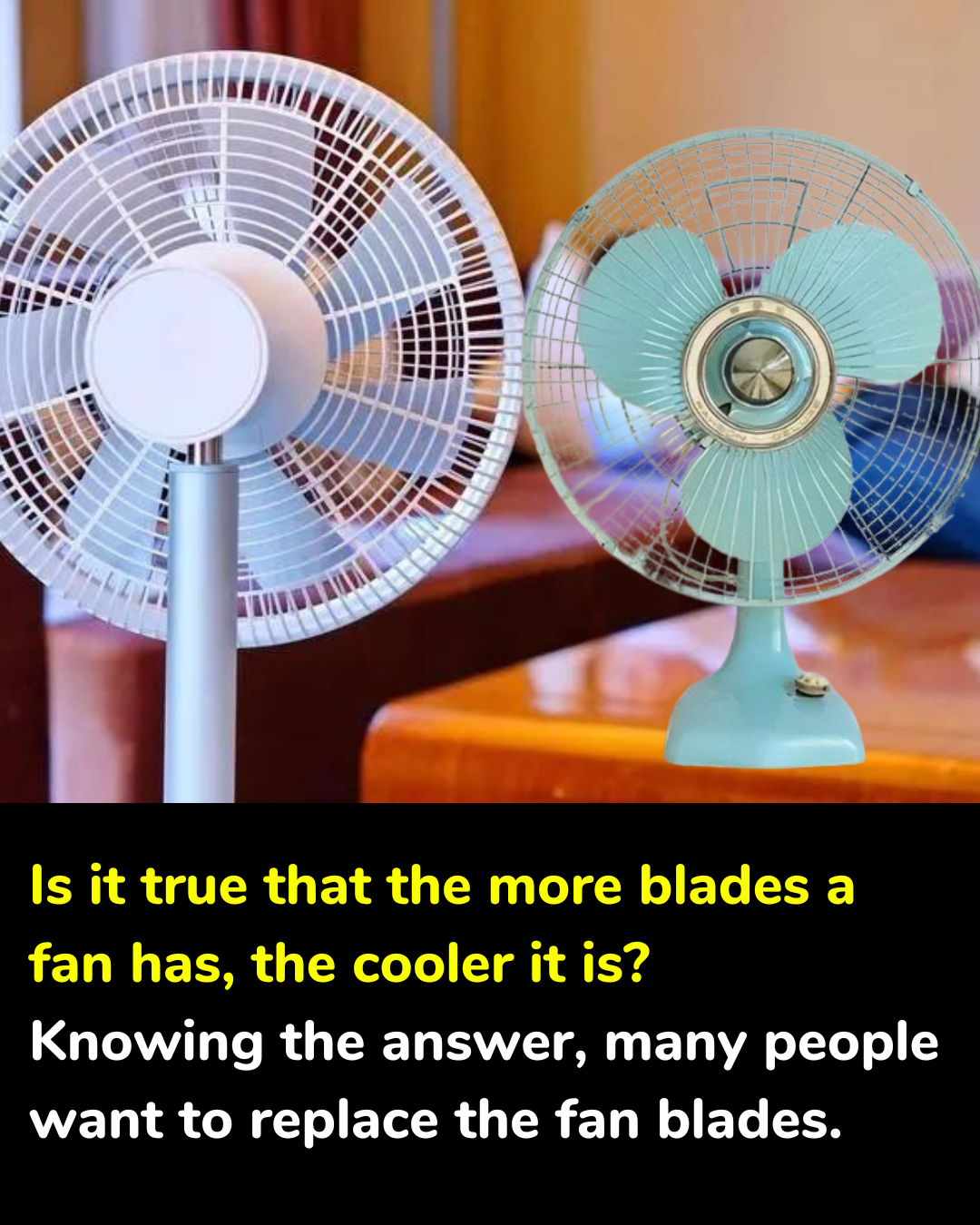The number of fan blades affects the cooling efficiency of the device.
There are many types of fans with different designs on the market, such as pedestal fans, box fans, wall fans, handheld fans, etc. The basic operating mechanism of a fan is based on the movement of the fan blades. When the fan is turned on, electricity will flow into the motor, thereby causing the fan blades to rotate and push out air currents and wind currents.
However, not all fans have the same fan blades. The number of fan blades is usually an odd number, 3 or 5 blades.

Why are fan blades usually odd in number?
Most fans on the market have odd numbers of blades such as 3 blades, 5 blades, 7 blades. However, 3-blade and 5-blade fans are the most common. 2-blade or 4-blade fans are very rare.
The reason why fan blades are usually odd in number is because this design will help the device always have 2 symmetrical centers. From there, the fan always achieves a balanced and stable state, even when rotating quickly, it can still ensure efficiency and safety when used.

3-blade fan or 5-blade fan, which is cooler?
The number of fan blades does not greatly affect the cooling efficiency of the device. However, there are still some small differences between fans with many blades and fans with few blades.
Specifically, fans with many blades will produce more wind than fans with few blades. The reason is that the distance between the fan blades is closer together, so the wind created is also more stable.
The more blades a fan has, the smoother it operates and the less noise it makes. Because when a fan has many blades, the resistance on the motor will increase, thereby creating an ideal balance between the amount of air circulation and the amount of surrounding noise.


















